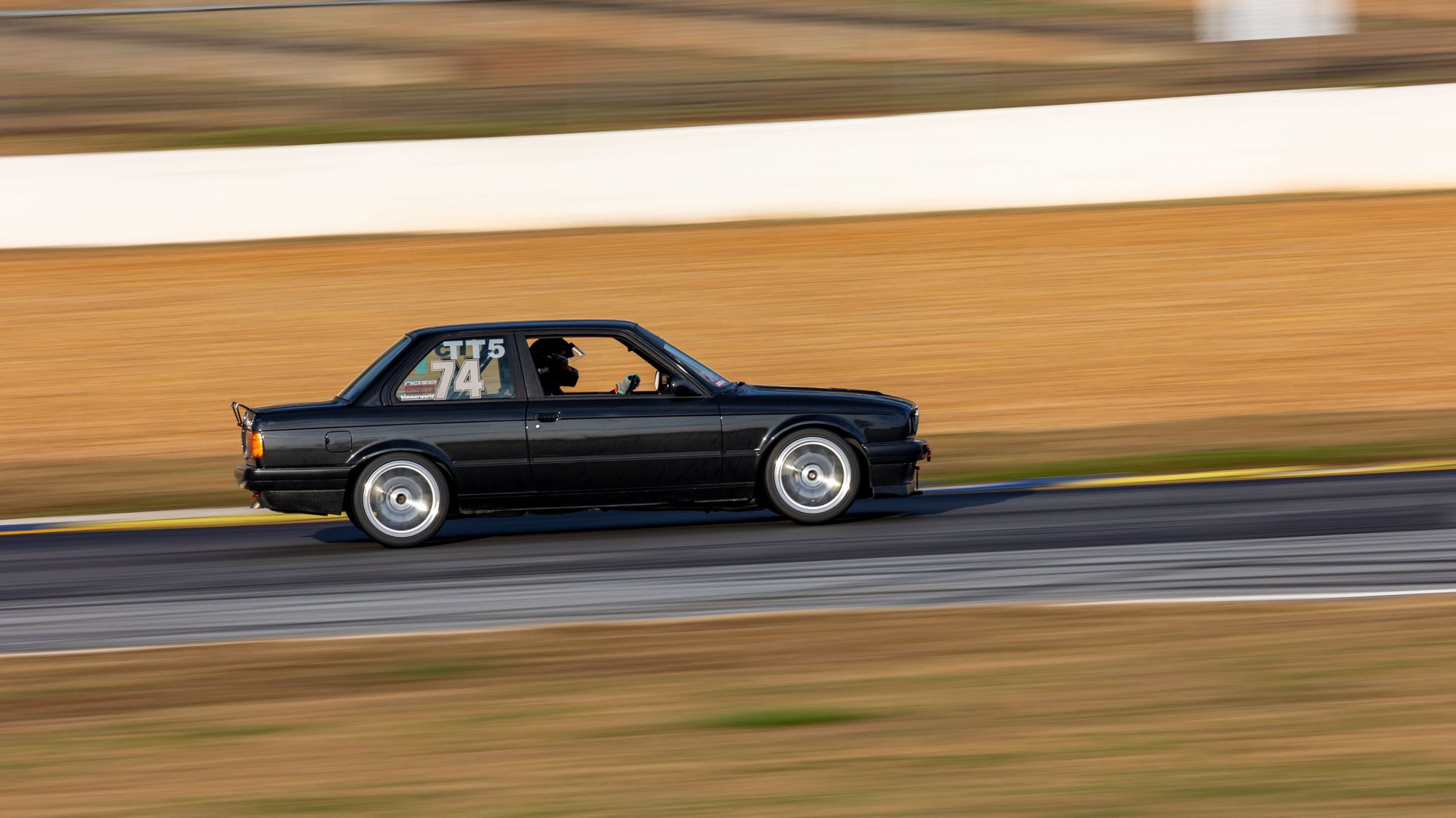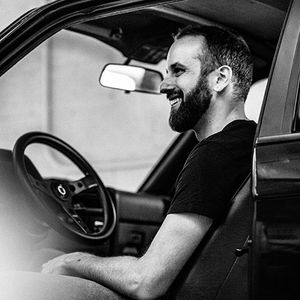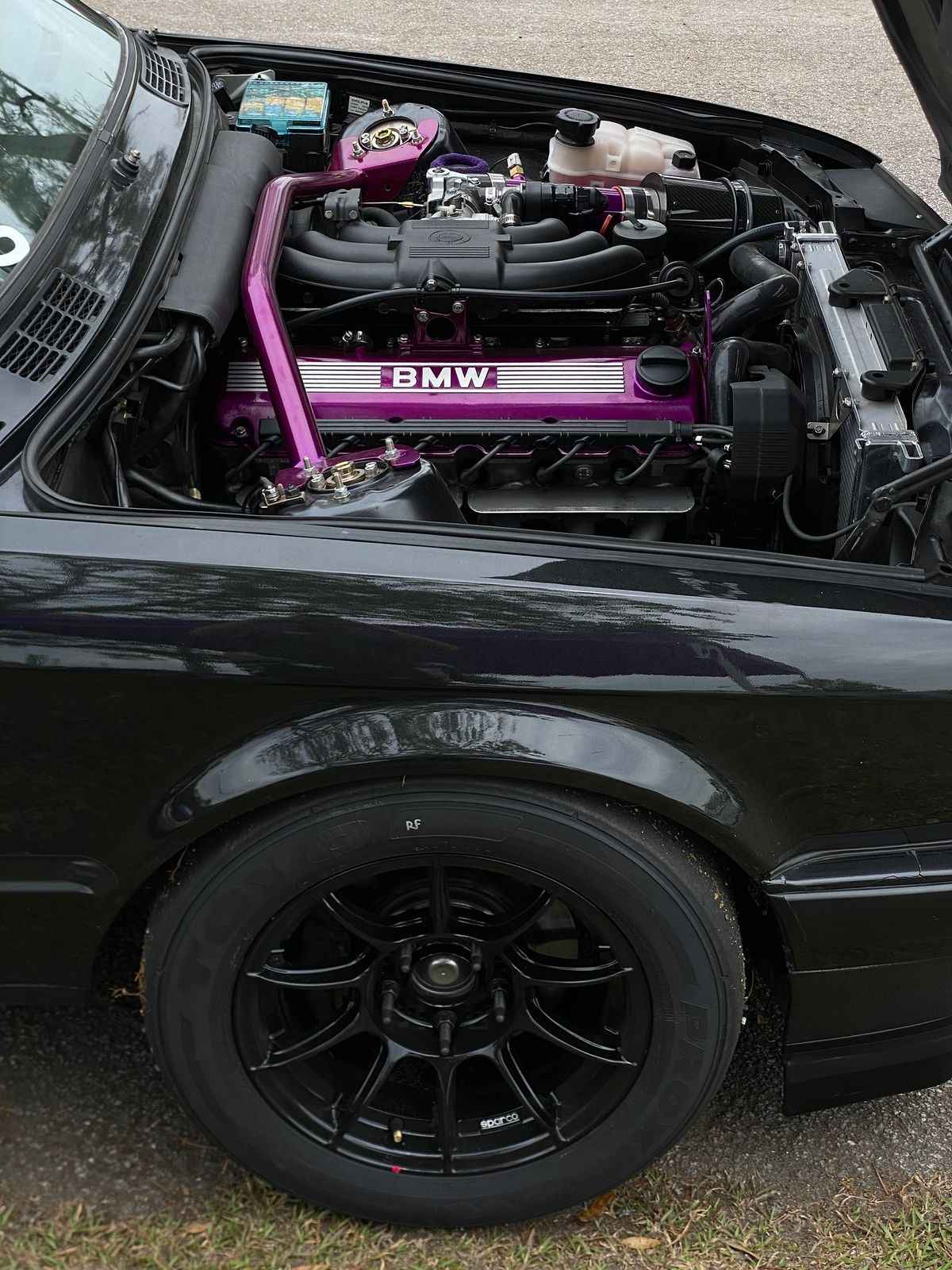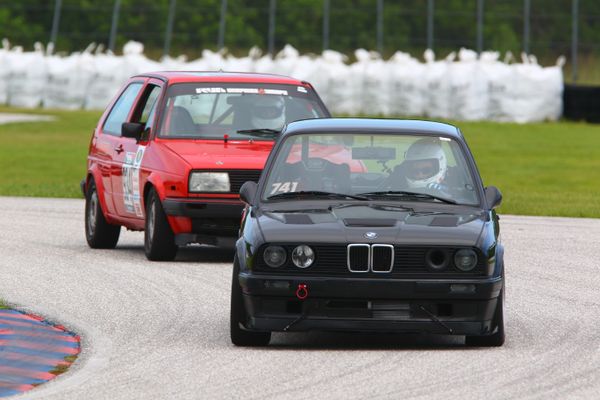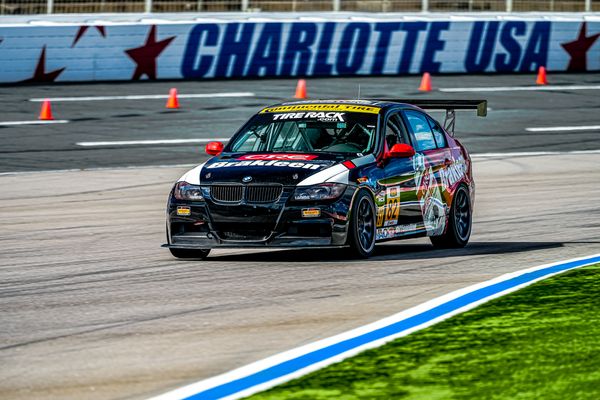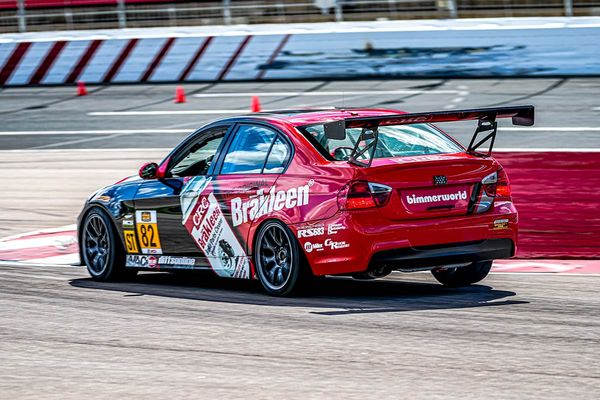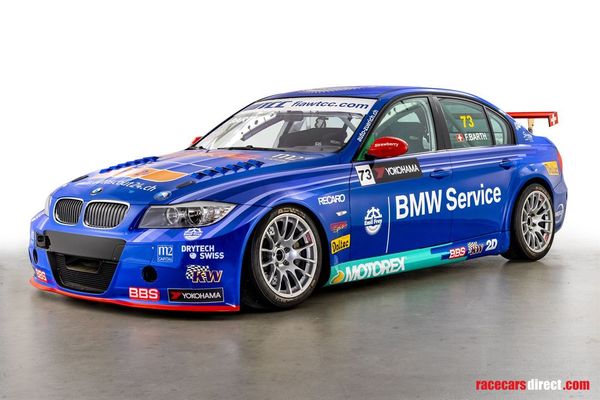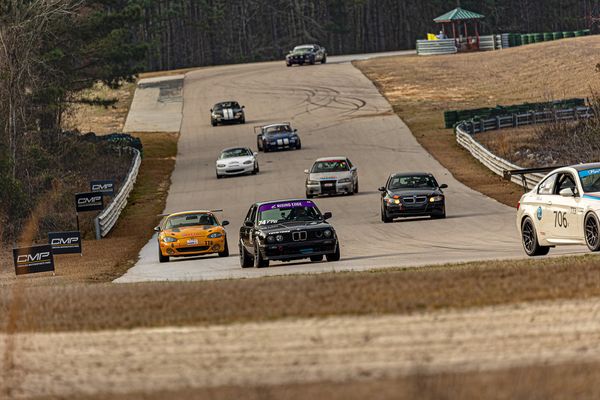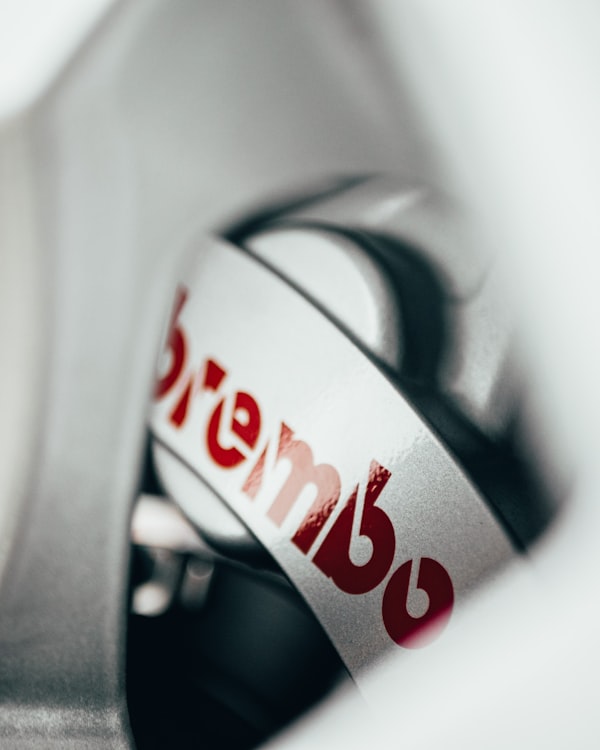I've never been one to thrash on a project. I prefer to stay organized while working slowly and methodically. For years, this was also the way that I treated track events. I would bring the car to the event fully prepped... and then I would barely mess with it at all, save for a few necessities like adding fuel, checking lug nuts, and monitoring tire pressures. Meanwhile, I would always see people absolutely thrashing on their cars at the track. Whether it was making setup changes, doing major repairs after a mechanical failure, or pounding out body panels after an on-track collision (I'm looking at you, Spec E30 racers), they were seemingly working on their car between every session. While I still draw the line somewhere south of what they would tackle at the track, I've learned a lot from them.
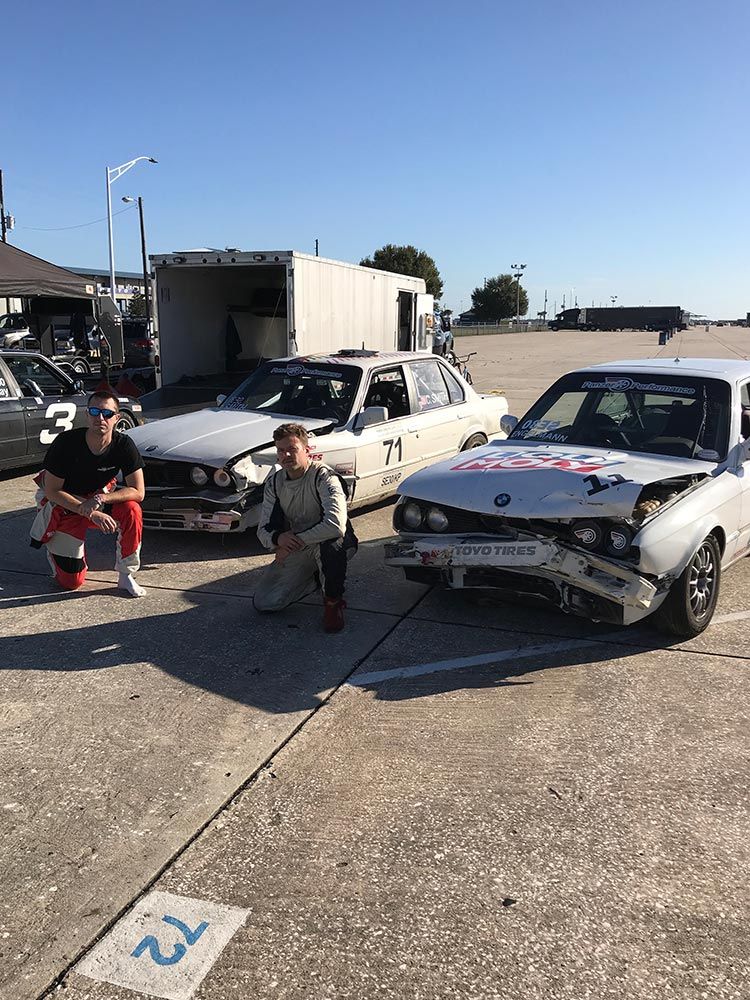
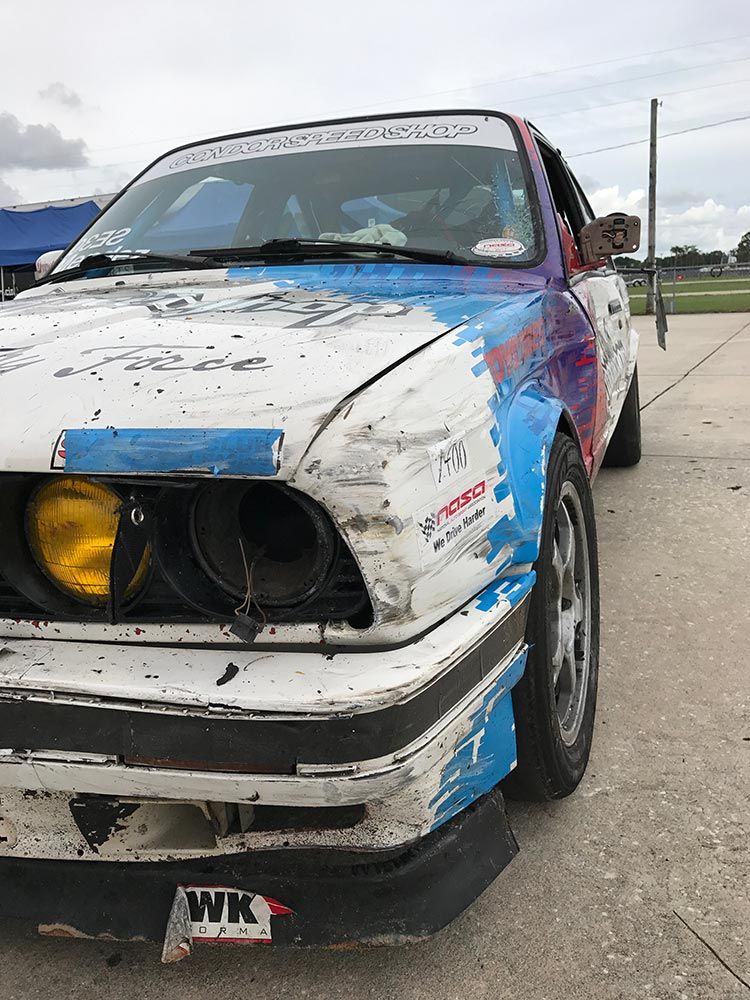
If you have a well prepared car and you drive safely within your limits, you may not experience any mechanical failures or on-track accidents for quite a while. In my opinion, though, it's only a matter of time until something unexpectedly breaks, or you "run out of talent" and have some sort of accident, hopefully minor. With a bin of spare parts, a variety of basic tools (even if they are borrowed), and a willingness to tackle the project, these issues don't always have to be the end of your expensive track weekend.
But what about improving your car setup and going faster? This can be looked at as a cumulative effort that improves your car overall, but it can also be track, event, or even weather-dependent. Not every track surface has the same traction level. Not every track has 31° of banking in the corners. So why should we expect our car to work just as well at any variety of track that we take it to?
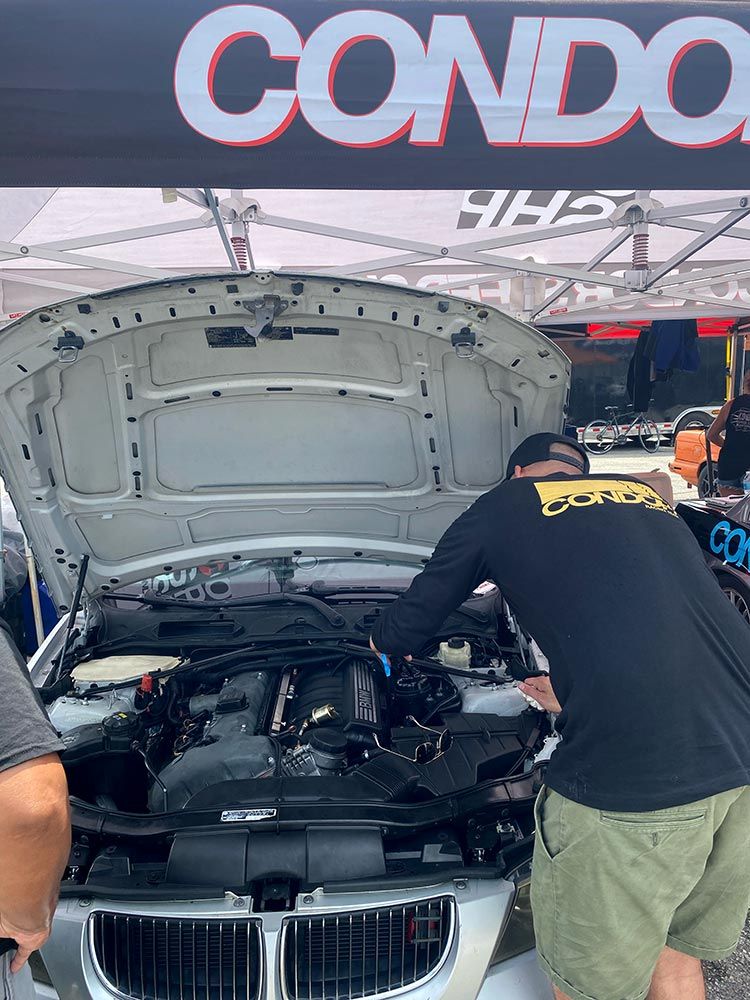
I was one of those well-prepared people that went several years of driving my car to-and-from the track with very little issue. However, that changed in 2018 when a pinhole in my radiator sent me home from Sebring on a flatbed, which was about a 110-mile tow ($$). It was not long after that when I finally invested in a trailer. With the added space I also started bringing a lot more stuff to the track; a canopy, an e-scooter, many more tools, an extra set of wheels/tires, a bin full of common spare parts, a larger cooler. The list goes on.
As I started pushing harder and getting faster, I started breaking more parts. With that came carrying (and "borrowing") more spares. With some encouragement, I was able to do a few fairly intensive track-side repairs, such as replacing both rockers on cylinder 6 (after raising my redline a mere 150 RPM), and getting back on track without any lost time after losing control and backing into a tire wall at Sebring in 2021.
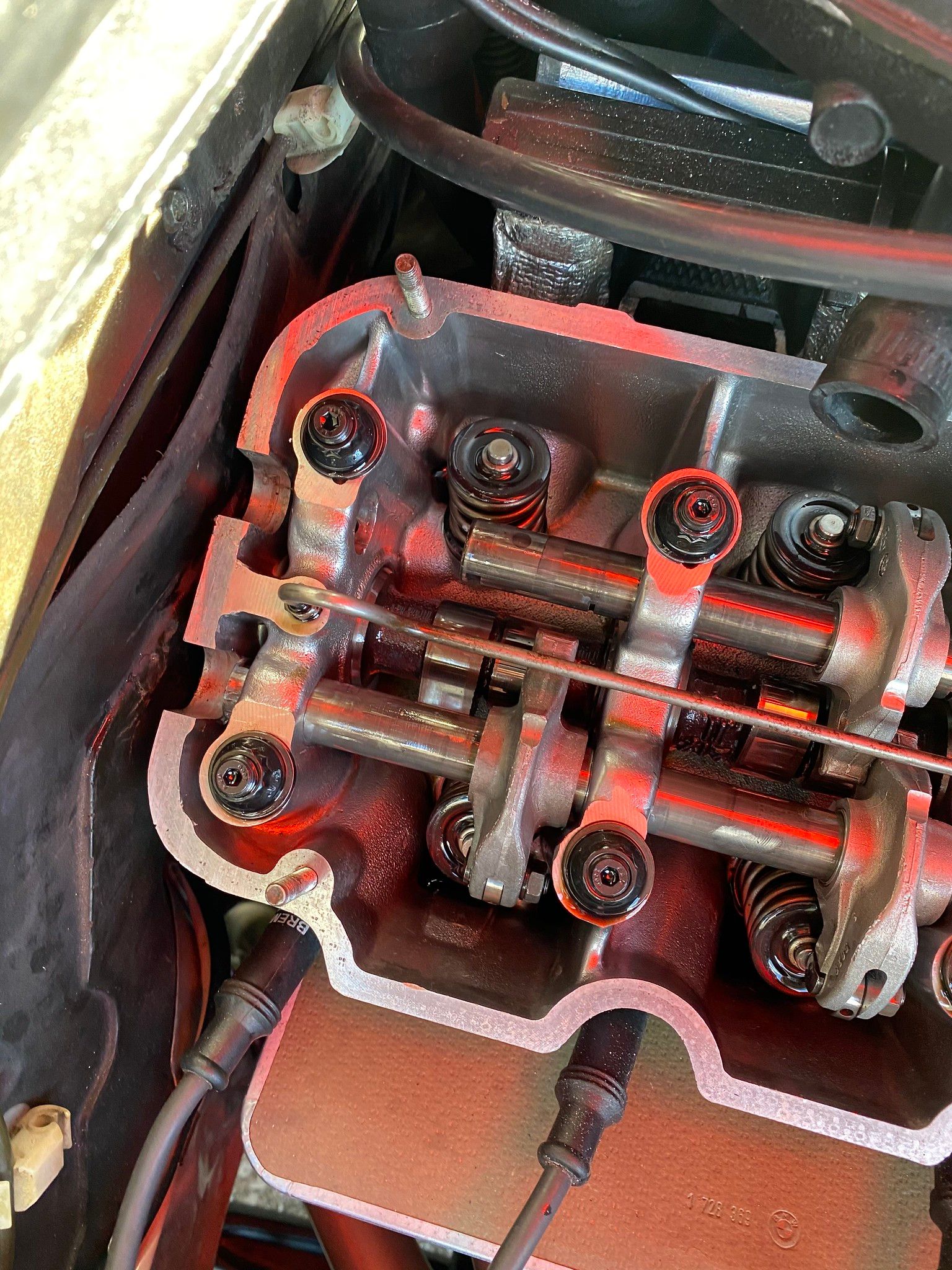
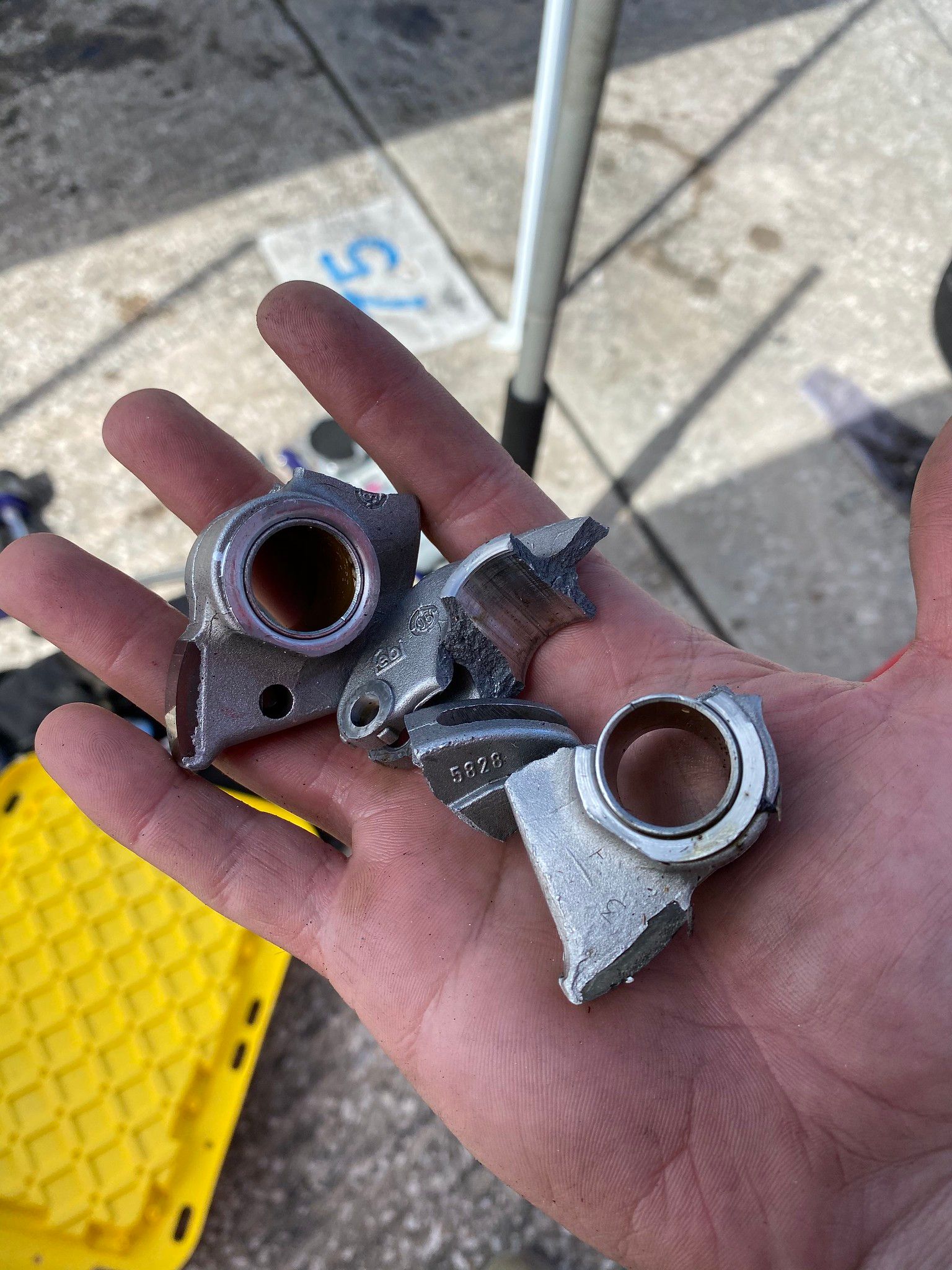
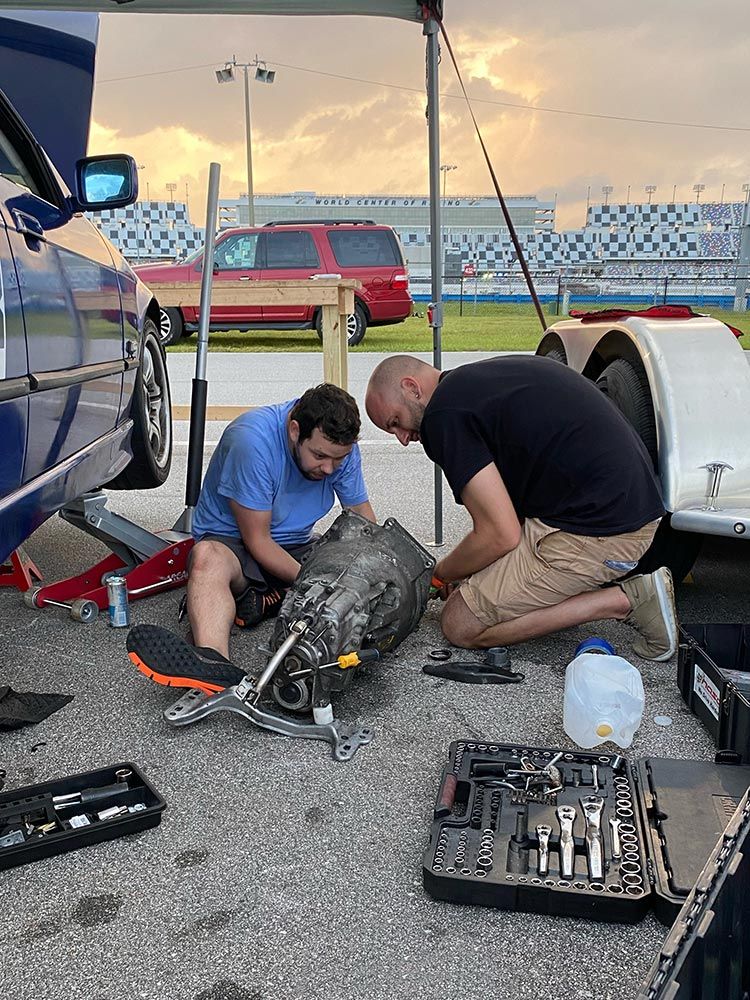
In order to get the most out of each weekend, I've also pushed myself to experiment with chassis setup at the track. Sure, the car might be "good," but could it be better? Probably, yes. Could it get worse in the process? Maybe, but that's part of the learning process.
A great reminder to experiment came while I was pretending to be the crew chief for Carlos Mendez's Spec E30 at PBIR during one of the last races to ever be held at the track. PBIR had a low traction, sandpaper-like surface that was known to eat up front-left tires. Even so, Carlos knew something was up with his car; it was pushing more than normal. We decided to make some fairly large changes to the front toe, rake, and corner balance of the car. Perhaps too many variables to change at once, but it was the very last race of the weekend, and it was a Hail Mary. As it turned out, our intuition was right, and Carlos' pace picked up significantly in the last race. Afterwards, he said that the car was transformed. While his tires were pretty shot by that point, enough so that he couldn't quite be a front-runner, he ended up having a great battle with Scott "Big Nasty" McKay. Coming out on top of that battle, Carlos took the last podium spot, which was his best result of that weekend.
I used to think that each track weekend was a only a result of prior preparation; basically a "run what ya brung" mentality. In truth, that mentality results in a lot of wasted opportunity. By running the whole event on the same setup and making changes only after getting back home, you can realistically only accomplish net-positive changes a handful of times each season. But what if you make multiple changes throughout each weekend? You'll have instant feedback on changes that are fresh in your mind, and you will learn much more about how your chassis responds to each type of change along the way. Speaking of which, it's not a bad idea to keep a notebook to log changes and observations of the resulting effect, for future reference.
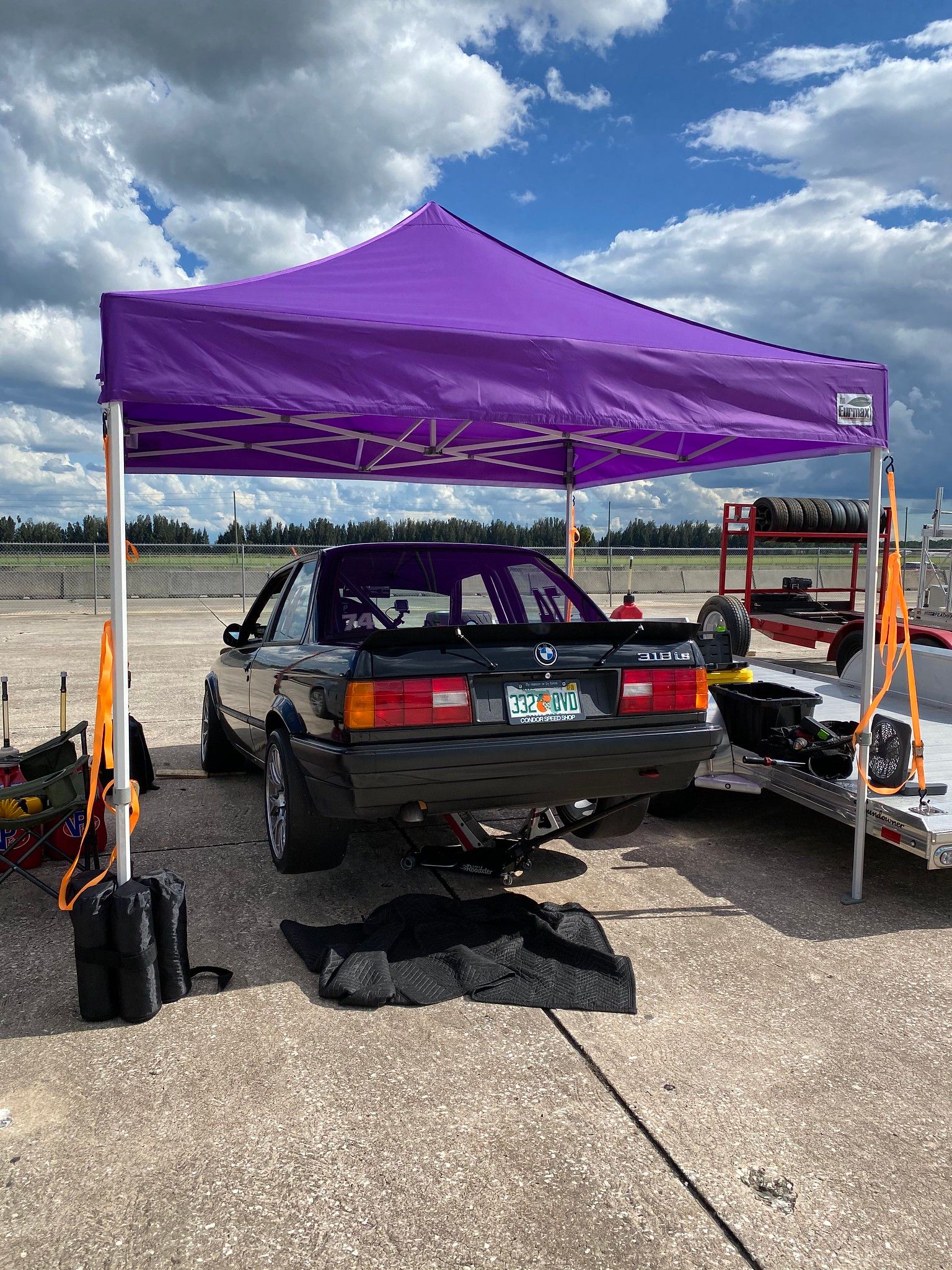
It usually doesn't take a huge change to notice the difference on the track. For me, even a 1/16" change in toe can be noticed, and I wouldn't say I am particularly astute or in tune with my car. A lot of changes don't take very long to do, either, nor require much investment or extra stuff to bring to the track. In order to facilitate changes, I've added a few key items to my kit, such as toe plates, a digital angle finder, and a pyrometer for measuring tire temperatures. Here are some ideas of things you can experiment with at the track:
- Tire pressures
- Make big swings in both directions, +5/-5 PSI! See what it does.
- Try differing front/rear pressures as well.
- Damper settings
- If you have adjustable dampers, they might be one of the easiest changes you can make, often requiring just a quick twist of a knob.
- Depending on the quality of the dampers, even a one-click change may be noticeable, but for most you are going to want to turn them several clicks to clearly feel the effect.
- Front toe
- Relatively easy to change, and can make a large difference in handling.
- No need to go overboard here: 1/32" to 1/16" change should be noticeable, and a 1/8" change would be quite large.
- Due to the risk of introducing thrust angle, it is advisable to only adjust rear toe on a laser alignment rack or with a full string alignment setup.
- Front camber
- Changes can usually be done in minutes, just be sure to check both sides with an angle finder, and re-check toe afterwards, as the two are interrelated.
- F/R rake
- This is usually pretty easy to do via changing the rear ride height. This will also affect rear alignment to a small degree, but many cars have little to no adjustment in the rear anyways, making it easier to change the height of the rear than the front of the car.
- Sway bar settings
- Also a quick and easy change.
- Closer to the fulcrum of the bar is stiffer (less leverage), farther to the end is softer (more leverage).
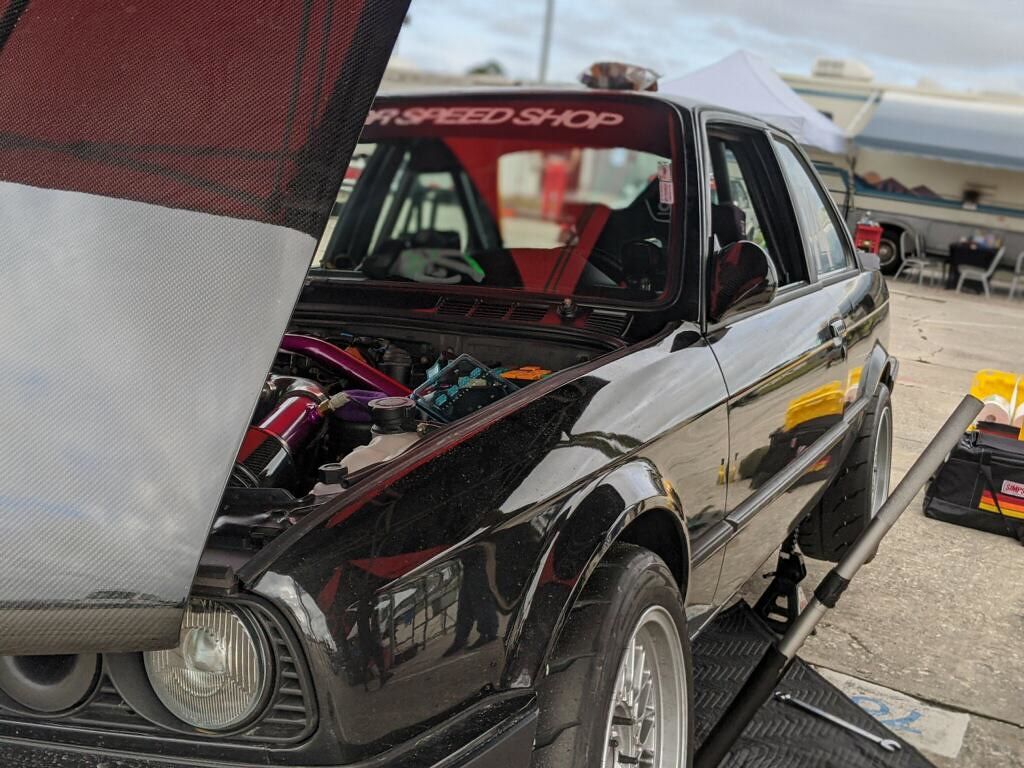
Will you be able to execute all these changes perfectly while at the track? You'll be able to get close enough for testing, but no, it won't be prefect. Fine tuning these settings is a good use of time between events. You can get another professional alignment (or fully string up the car), re-check the corner balance, dial out any preload on the sway bars, etc., once you are back home and have more time and a better environment to mess with it.
Based on feel, lap times, and some basic data such as tire pressure gain, pyrometer readings, and how the handling progressed throughout the session (was the car better at the beginning, middle, or end of the session?), you can deduce whether your change was in the right direction or not, and if it requires any further adjustment.
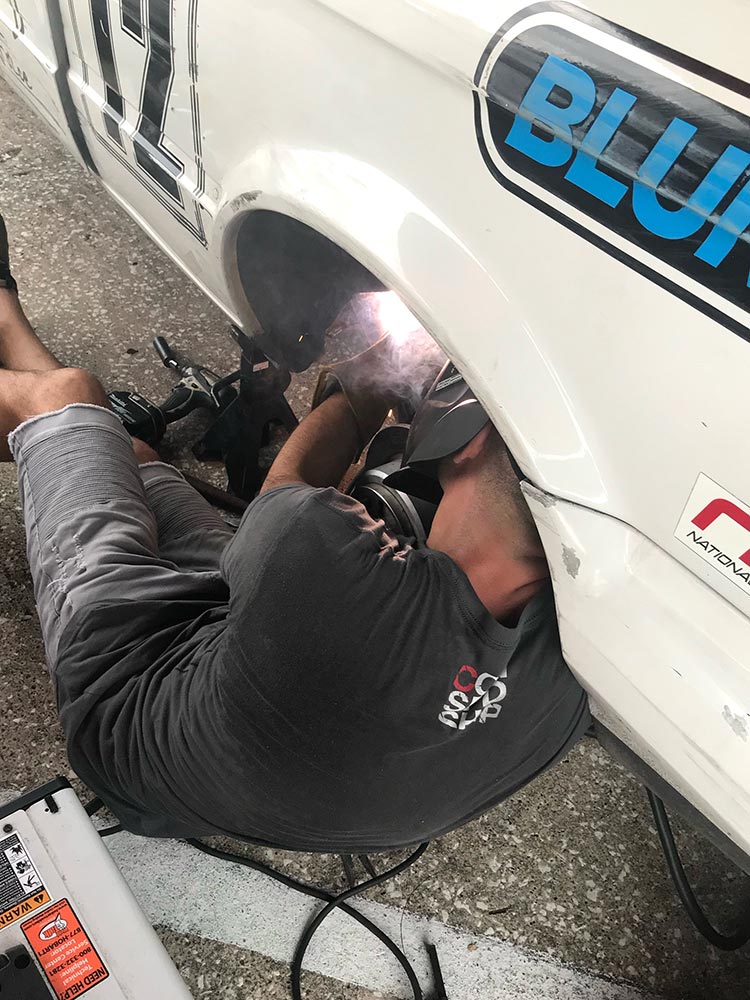
It is advisable to work on the end of the car that has the issue. For instance, if your car is pushing on entry, work on the front of the car. If it is loose on-power, work on the back of the car. When it's not possible to work on the end with the issue to due to lack of adjustability, you can work on the opposite end, but the changes might not always be as intuitive. Working on the opposite end can have undesired effects, such as reducing front end grip when you really should have increased rear end grip. Sometimes, though, that is the only option available to you.
Hopefully this post has served as some encouragement or motivation to do more work on your car at the track. We'll hope not out of necessity (like broken parts), but rather in an effort to improve the car, get faster, or even just get more comfortable and confident in the car. I know I'm itching to go experiment with some new changes.
